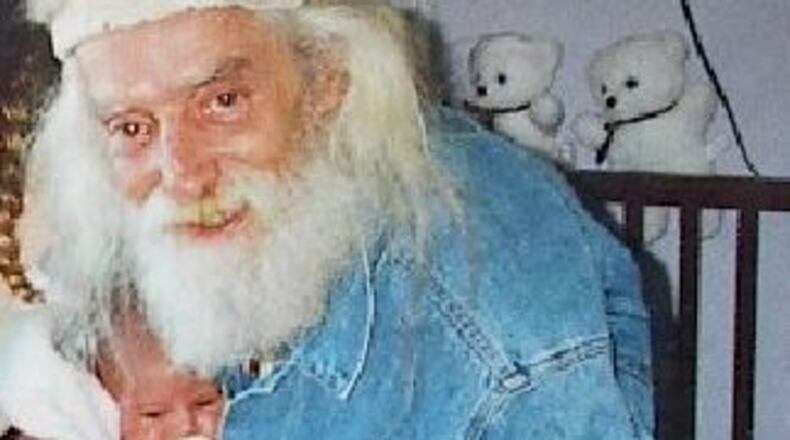They’re passed on as a kind of keepsake in hopes of giving future generations some feel for the community that came together to put something new on the face of the earth — something to further the values that community held dear.
Church sanctuaries are time capsules of a different sort.
RELATED: Stafford: News-Sun morgue alive at Heritage Center
In their cavernous and echoing spaces, they don’t try to capture a moment of time. They instead try to capture the vast feeling of time itself: The time before we arrived, the time during which we live, and the time that will go on after we are gone.
I was reminded of how effective the sanctuary of St. Rafael’s Church serves as that sort of time capsule while sitting on a pew there just after noon on Jan. 25 when a fire truck passed beside the church with its siren wailing.
Although I expected the siren to feel like an intruder from the everyday world, the echo chamber of the sanctuary seemed to soften the sound and convert it into a cousin of a mournful train whistle fading into the distance.
The service I attended celebrated the Feast of the Conversion of the Christian persecutor Saul to the Christian ambassador Paul, whose letters to congregations in the eastern Mediterranean made him one of the best-known writers of all time.
I’d walked up the steps to St. Ray’s, however, to remember an important writer of my own past: the late, long-time News-Sun reporter and writer Jim Hays.
Dick Hatfield had been nice enough to email me that Jim would be mentioned at the service, and the news that Dick and his brother, Mike, would attend gave me extra reason to go.
It was as communion was being served that I begin to think of my memory of Jim as a time capsule as well. I remember first seeing him on a Saturday night wearing jeans, a red bandana on his bright white hair and playing a spirited game of gin rummy in the newsroom.
I later remembered lunches with at the old Mattie Guthrie’s lunch counter, then in the Arcade Building, at which I watched him wipe his plate clean with wheat bread while worrying over hyper-syllabic words that he used in symphony reviews – words lost on most of us who read them.
His passion for such word was matched only the rage he could work himself into about narrow-minded hypocrites – rages I remember ending with Jim spitting out the term “Pecksniffian twit.” The first word referred to a disagreeable character in a Charles Dickens novel, the second word pronounced with an exclamation point in his voice that smacked down like a forcefully struck key driven into the roller of an old manual typewriter.
I remembered, too, Jim’s darker days, when, with a full white beard and a face as severe as the Iranian revolutionary leader Ayatollah Khomeini, he seemed to brood in a self-judgment, his mood as dark as a November rain cloud driven by a cold wind that brought tears to the eyes.
Just as those taking communion Jan. 25 day were seeking to take and make a part of themselves the essence of Christ at the Last Supper, I was trying to distill the experience of sitting across the table from Jim.
Later, between forkfuls of chef’s salad at the Buckeye Sports Lodge, I talked with the Hatfield brothers about Jim – his days as a pool player who wore shark-skin suits; his walk that would fit into a Gene Kelly movie; how the cultural changes of the 60s and 70s swept him up, just as the Snake River did in a trip Jim wrote a series about in the News-Sun.
Later in the conversation, I made a confession.
Along with drawing three dimensional renderings of bolts and nuts, one Jim’s most distinctive habits was blurting out words in exasperation. One of his favorites was a seemingly nonsensical word Etowah.
He did it frequently enough that one reporter printed out the word on flashcard and the late Shirley Moorman, a nice and conventional woman who worked in the newspaper’s morgue, returned from a vacation to the Carolinas with a photo of a town name Etowah, named for a Native American people.
As I told Dick and Mike Hatfield, when I gave a eulogy for Jim, I debated whether to end it by raising my fist, chanting a defiant “Etowah” and asking the gathered folks to answer in kind.
Like a Pecksniffian twit, I failed to do so.
I’m thinking now I might someday slip back into the St. Ray’s sanctuary, when no one else is there, shout it out so I can again hear Jim’s echo in time.
About the Author
